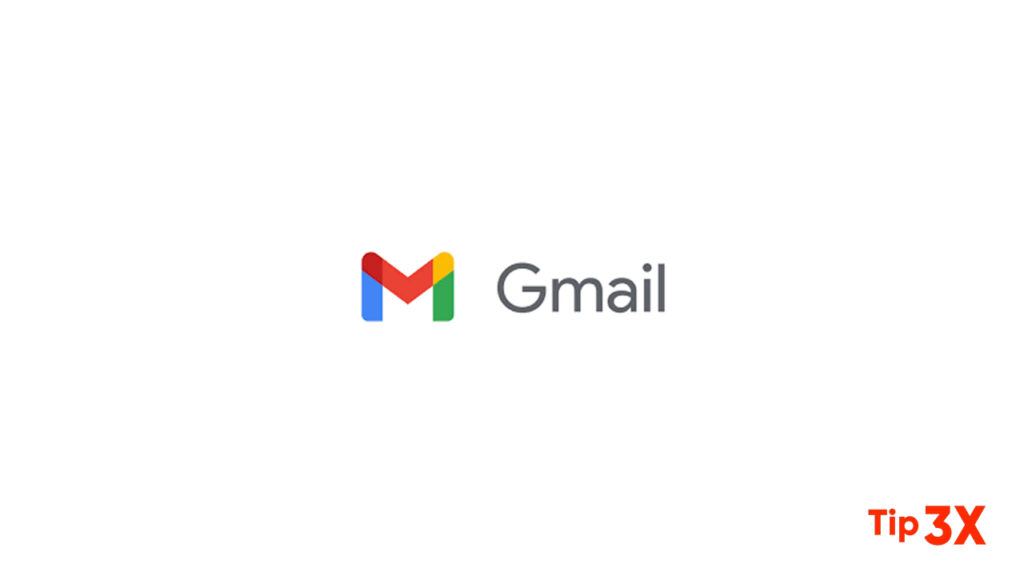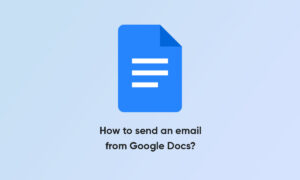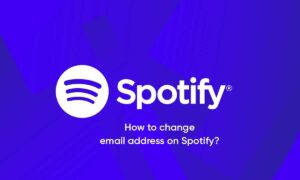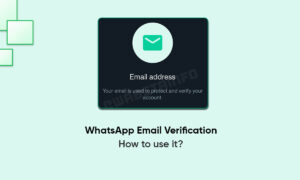There’s no way to completely get rid of spam short of giving up internet use entirely. However, there are lots you can do to filter it out effectively.
Your email client (the service or program you send and receive emails, though) is already doing a good job by moving spam to a separate folder, but perhaps not a terrific one.
Sometimes it overkills, and legitimate messages end up in spam, or it’s tricked, and suspicious messages end up in your inbox. While we can’t stop email spam completely, we can limit it. Here are the steps to take.
Report as many emails as possible
Your personal “Bayes” database will be activated if you report more than 400 emails, around half as spam and the other half as non-spam.
This seems like a lot, but it’s an effort worth making because the email spam filter’s accuracy will increase a great deal. To see how many emails you’ve reported so far, look at the Spam / Virus protection screen at the bottom.
If you mainly use IMAP, you can set automatic reporting up. This is possible under Options -> Folders. Select “Learn as non-spam”, create a “Learn spam” folder, and choose “Purge > 7 days old”. Then, move all spam from your IMAP client to that folder and delete it.
Don’t respond to spam
Don’t open anything that looks like spam. If you do and then recognize it as spam, close it immediately. Don’t download any files or click on buttons or links in emails that you aren’t 100% sure aren’t spam. You can’t be too cautious.
Did you open a spam email because you thought it was from a coworker or friend? Contact them at once and tell them someone might have hacked their account.
Don’t just delete spam
If all you’re doing is deleting spam, you aren’t training your filter to recognize it better. Instead, select it and mark it as spam. Your client determines how you do this. Gmail has an easy-to-see Report spam button.
Add known senders as contacts
Include known senders as contacts, so their messages never go to your spam folder. Their spam score will be reduced this way. You could take the time to check your spam folder for messages that don’t spam once in a while to reduce the incidence of “false positives.”
You press “not spam” in Gmail to teach the client that it made a mistake. If you don’t train it, it won’t learn from its mistakes. Always look for a quality email client.
An anti-spam filter from a third party
If your client isn’t local, the anti-spam filter usually cannot support your client’s anti-spam filter. This is true for the majority of recognizable security suites.
What does this mean in English? For example, the filter can’t work with outlook.com, but it will with Microsoft’s Outlook program.
Hide your email
Here’s an obvious thought – if a lot of people have your email, you’re going to get a lot of spam. The volume of spam is directly proportional to the number of people who have your address. This will always be true.
Unless you absolutely must, don’t publish your email online. It’s best to have both a public and private address in this case, just like we have work and home phone numbers.
If you’re still not comfortable sharing a real email, use a disposable one. Firefox and Chrome have a free extension called Blur. Mailshell and Spamex are two further options.
Change your address
It comes to this when all else has failed. It’s probably your best option if you’ve become overloaded with spam. If you decide to do this, let your legitimate contacts know.
You’ll need to use both addresses for several weeks. Once you’ve made the switch, you should start getting a lot less spam.
Join Tip3X on Telegram


















